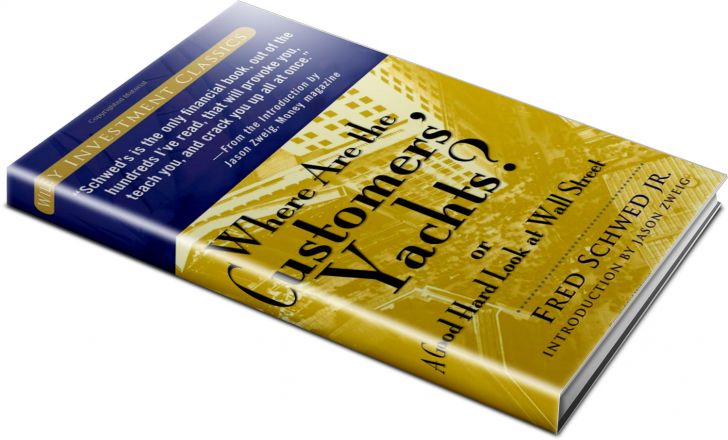Investment Returns Yearbook 2015
Introduction
by Giles Keating and Stefano Natella, Credit Suisse
2015 has begun with a series of apparent contradictions and dramatic reversals. In the developed world, both equity and bond markets are at record highs. The price of oil has collapsed and the Swiss franc has jettisoned its link with the euro. Global economic growth is tepid and disinflation has caused many central banks to further cut interest rates or, in the recent case of the European Central Bank, to take extraordinary action in the shape of its quantitative easing program. Against this volatile backdrop, we launch the 2015 Credit Suisse Global Investment Returns Yearbook and hope that the wealth of stock, bond and inflation data in the Yearbook will help to frame market developments in the light of long-term asset price trends.
The 2015 Yearbook contains data spanning 115 years of history across 26 markets and the companion publication, the Credit Suisse Global Investment Returns Sourcebook 2015 extends the scale of this resource further with detailed tables, graphs, listings, sources and references for every country. In the first two chapters of the Yearbook, Elroy Dimson, Paul Marsh and Mike Staunton from the London Business School analyze this rich dataset in order to examine an established and new way of investing.
In the first chapter, they focus on the importance of industry weightings for long-term investors. Today, in the US and UK markets, only the banks and mining industries have weightings close to their 1900 levels. Indeed, in 1900, the railway industry made up 50% of the UK market and nearly two thirds of the US market. They examine the returns from new and old industries, as well as the implications for investors of structuring portfolios along industry lines by considering questions such as whether industry diversification is more important than country diversification and whether to overweight the old economy or the new? Interestingly, they find that returns can be higher from investing in old rather than new industries.
The second Yearbook chapter examines responsible investing – a topic we developed in a 2012 Credit Suisse Research Institute report “Investing for Impact.” We believe that this is an important and growing area in the investment management field and this chapter measures several approaches to investing along social, environmental and ethical lines. It also provides evidence that corporate engagement can pay, whether the focus is on environmental and social issues or on corporate governance.
Finally, in Chapter 3, David Holland and Bryant Matthews of the CS HOLT team complement the historic data in the Yearbook with a market-implied approach. They study how the market-implied cost of capital mean reverts over time and the extent to which this is in any way predictable. They note that, at the country level, China and Switzerland currently have the lowest marketimplied discount rates, while Russia, Italy and Argentina have the highest. We are proud to be associated with the work of Elroy Dimson, Paul Marsh, and Mike Staunton, whose book Triumph of the Optimists (Princeton University Press, 2002) has had a major influence on investment analysis. The Yearbook is one of a series of publications from the Credit Suisse Research Institute, which links the internal resources of our extensive research teams with world class external research.
Read/Download the complete report below:
Global Investment Returns Yearbook 2015 v3
Giles Keating
Head of Research and Deputy
Global CIO, Credit Suisse Private
Banking and Wealth Management
Stefano Natella
Head of Global Equity Research,
Credit Suisse Investment Banking















